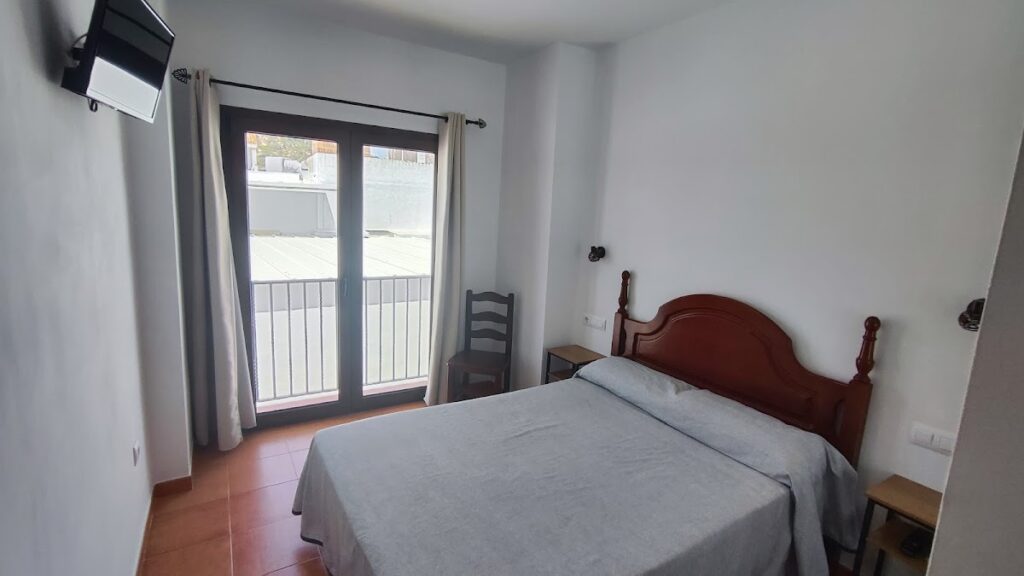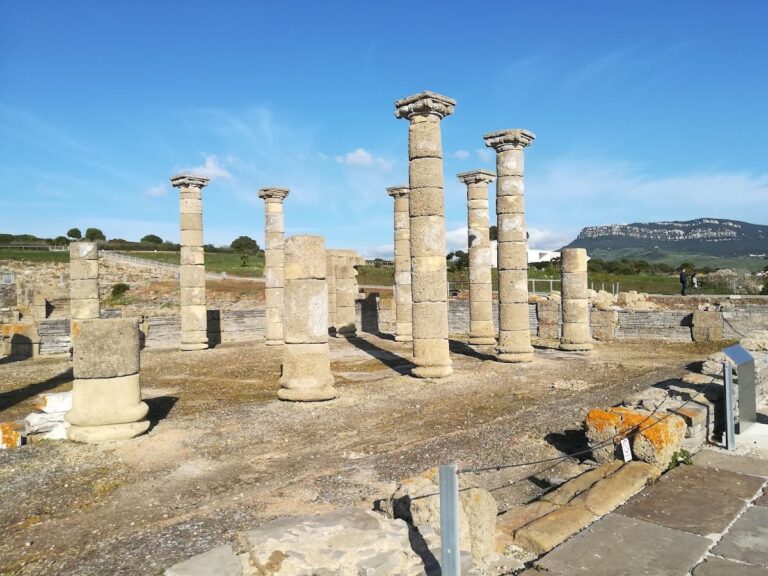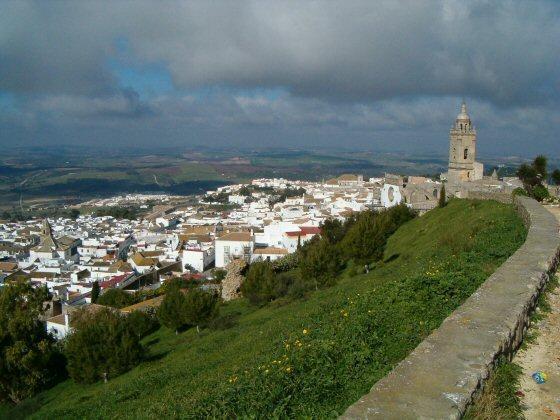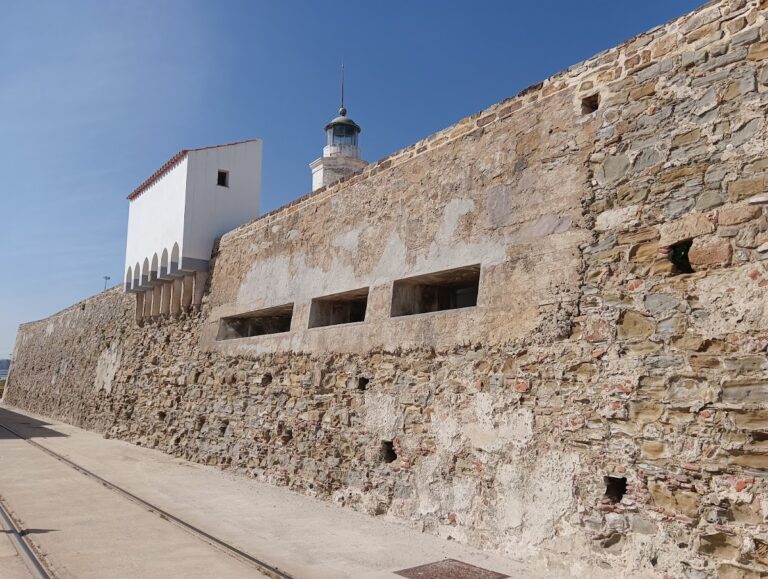Castle of Zahara de los Atunes and Palace of Jadraza: A Medieval Fortress in Spain
Visitor Information
Google Rating: 4.3
Popularity: Low
Google Maps: View on Google Maps
Official Website: www.hostaljadraza.com
Country: Spain
Civilization: Unclassified
Remains: Military
History
The Castle of Zahara de los Atunes and Palace of Jadraza is situated near the coastal town of Zahara de los Atunes in the municipality of Barbate, Spain. This medieval fortress was constructed under Castilian rule during the late 13th century, linked to the efforts of the Guzmán family, notable Christian nobles of that period.
The origin of the site can be traced to a royal grant issued in 1294 by King Sancho IV of Castile. The king rewarded Alonso Pérez de Guzmán, known for his valiant defense of the nearby city of Tarifa, by granting him rights to establish tuna fishing traps — called “almadrabas” — along the coast. These fishing operations were part of a much older tradition dating back to Phoenician and Roman times when the area was first developed for capturing tuna. Over centuries, the Guzmán family’s fisheries in this part of southern Spain came to be among the most productive in Europe, making the coastal location a valuable economic asset.
To protect these lucrative tuna fisheries and related activities, the fortress was built to serve multiple roles. It functioned primarily as a defensive bastion against attacks by Barbary pirates, who often raided the southern coast of Spain. Additionally, it acted as a seasonal residence for the Guzmán family and their retinue during tuna fishing seasons, combining elements of a palace with practical spaces for on-site fish processing. Its strategic position near the Strait of Gibraltar gave it military and economic importance, featuring in both historical conflict scenarios and maritime mapping.
In the centuries that followed, the castle continued to serve these diverse purposes. By the 20th century, its military role had diminished, and it was adapted more fully to support fishing industry operations. Recognizing its cultural and historical significance, Spanish authorities designated the Castle of Zahara de los Atunes and Palace of Jadraza as a protected Cultural Heritage Site (Bien de Interés Cultural) in 2004.
Remains
The fortress is built around a roughly square plan, defined by four sturdy defensive walls that rise approximately three meters above sea level. These walls include a narrow walkway known as an adarve, used for patrols and defense. Unlike some fortifications featuring crenellations, this parapet lacks merlons, which are the solid upright sections that typically alternate with gaps for archers. The walls are constructed using rectangular blocks of masonry called mampuestos set together with lime mortar mixed with pebbles, providing strength and durability. At each corner, the walls are reinforced with cut stones to increase stability.
At the northwest corner, the Torre de Poniente stands as a prominent feature. This tower contains a vaulted chamber inside, topped by a high terrace surrounded by a parapet wall, allowing defensive maneuvers from an elevated position. Similarly, the northeast corner holds the remains of the Torre de Levante. Both towers were designed to project beyond the line and height of the connecting walls, providing better vantage points to observe and repel attacks.
Entry into the fortress was controlled through several gates. The main entrance lies in the western wall, constructed with stone doorframes and broad voussoirs—wedge-shaped stones forming lowered archways above the openings. Along the southern wall, two sea gates allowed access to a large internal courtyard, their defensive strength enhanced by thick internal piers. In the 20th century, a “New Gate” was created in the northern wall, which also features other modifications associated with later uses of the building.
The robust stone construction and vaulted architectural elements attest to the structure’s multifunctional role as a defensive castle, a noble residence, and a working tuna processing site. Today, these features remain largely in situ, though parts of the Torre de Levante survive only as fragments. The fortress stands as a significant example of medieval coastal architecture adapted to both protection and industrial activity, bearing witness to the long-standing tradition of tuna fishing in the region.









